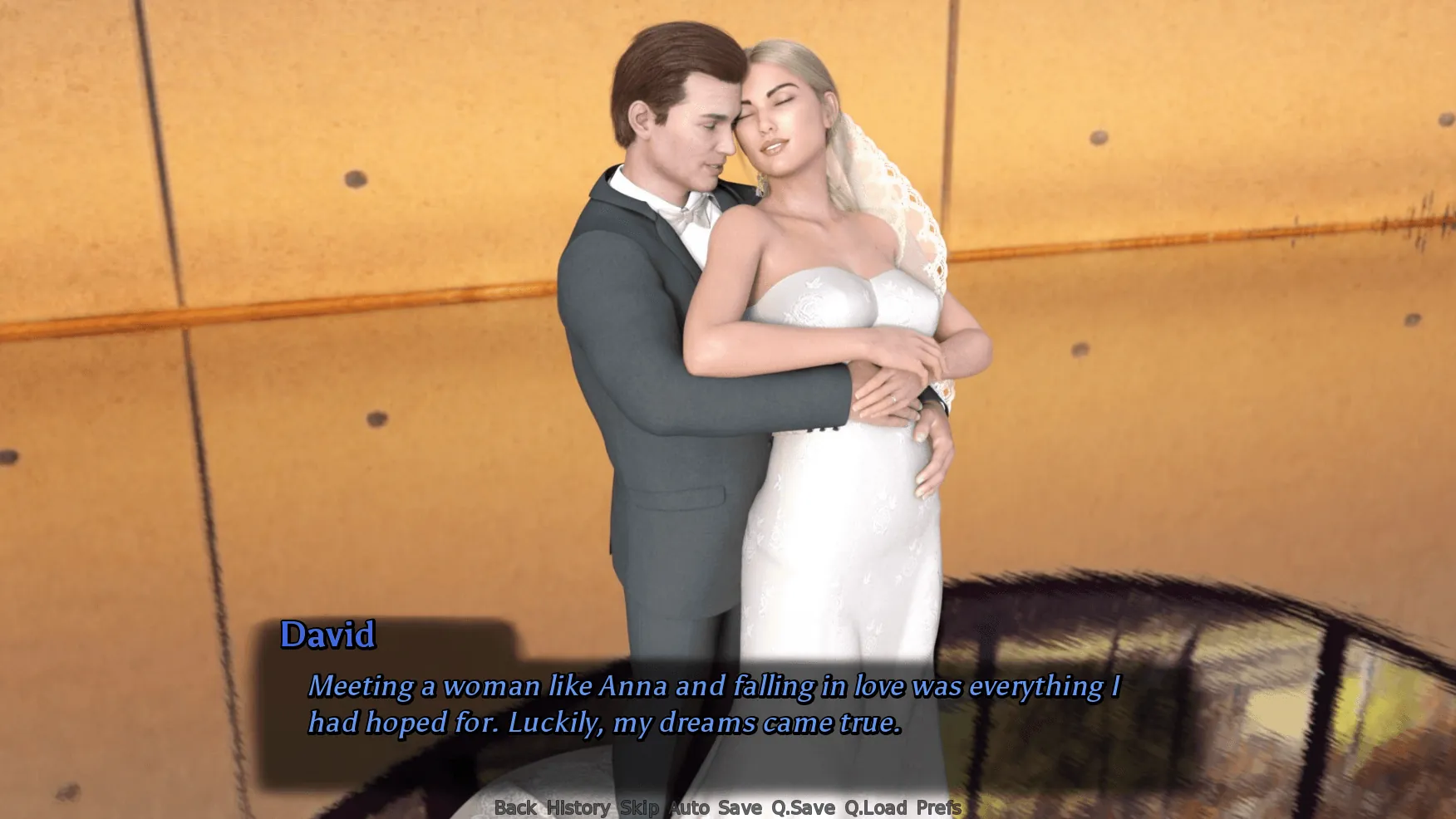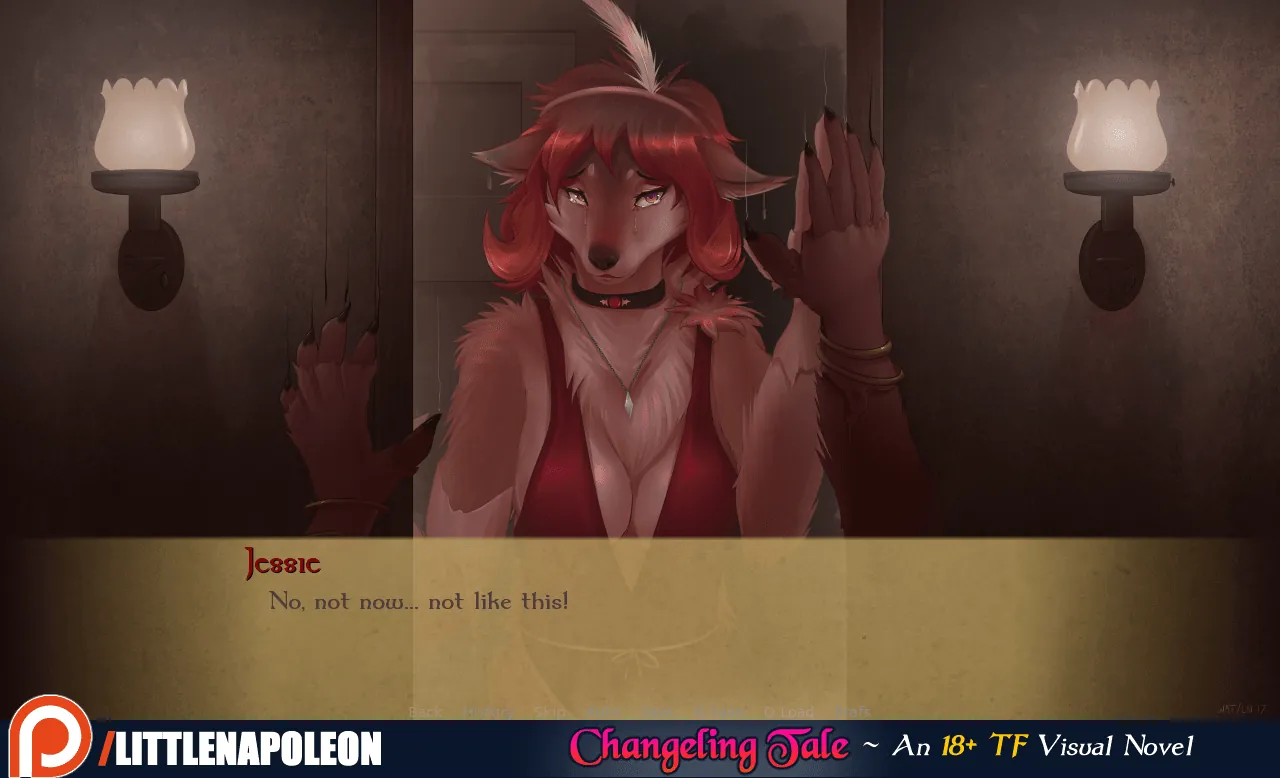
Project SAGE
Play Project SAGE
Project SAGE review
A Deep Dive into Interactive Storytelling
Project SAGE is a unique interactive experience that stands out from other games due to its dynamic storytelling. Unlike traditional games where choices determine progression, Project SAGE focuses on how your decisions shape the narrative. This article will delve into the game’s mechanics, user engagement, and the impact of player choices on the story.
Chapter 1: Gameplay Mechanics and User Engagement
Have you ever played a game where your decisions truly matter? 🤔 That’s the magic of Project SAGE gameplay. From the moment you start, you’re not just a player; you’re the author of your own story. The interactive storytelling in Project SAGE pulls you into a world where every choice can change the outcome, making each playthrough a unique adventure. I remember the first time I booted it up—I was hooked within minutes, feeling the weight of my decisions in a way no other game had made me feel. 🎮 Let’s dive into what makes this experience so special.
What Makes Project SAGE Unique?
Project SAGE isn’t your typical game; it’s a narrative playground where your imagination runs wild. 🌟 The core of Project SAGE gameplay revolves around a fluid system that blends exploration, dialogue, and action seamlessly. Unlike many games that railroad you down a set path, here, the world adapts to you. I recall chatting with a developer who shared, “We designed Project SAGE to feel like a living book—your choices write the chapters, and no two stories are alike.” This approach makes the interactive storytelling deeply personal and immersive.
One standout feature is the dynamic environment. As you explore, the game uses subtle cues—like changing weather or NPC behaviors—to reflect your decisions. For instance, if you help a village, you might see it flourish later, adding layers to the narrative progression. 🏡 Another key element is the absence of a “right” way to play; whether you’re diplomatic or aggressive, the game acknowledges and builds on your style. This freedom is a core part of the user engagement strategies, keeping players invested by making them feel heard.
How Player Choices Influence the Story
In Project SAGE, the player choice impact is anything but superficial. Your decisions ripple through the entire experience, shaping relationships, unlocking hidden paths, and even determining who lives or dies. 😲 I learned this the hard way when, in one playthrough, I ignored a minor character’s plea, only to find out they held a key to a major plot twist later. This level of depth ensures that narrative progression feels organic and earned, not forced.
The game tracks your moral compass, alliances, and even casual interactions, weaving them into the main story. For example, choosing to spare an enemy might lead to them aiding you in a future crisis, while eliminating them could close off entire questlines. This player choice impact encourages multiple playthroughs, as you’ll want to see how different decisions unfold. 🧭 It’s a masterclass in interactive storytelling that respects your agency.
“In Project SAGE, we aimed to make every choice feel consequential, so players never question their role in the world.” – Lead Developer on designing the game’s interactive elements.
Now, let’s look at a concrete example of how choices branch the story. In a mission called “The Crossroads,” you encounter a group of survivors and a valuable resource. Your decision here can lead to vastly different outcomes:
| Player Choice | Immediate Outcome | Long-Term Story Impact |
|---|---|---|
| Share supplies with survivors | Gain their trust and allies | Unlock cooperative missions and access to hidden areas |
| Take supplies for yourself | Acquire rare items immediately | Strain relations, leading to betrayal or isolation in later chapters |
This scenario highlights the Project SAGE gameplay emphasis on meaningful decisions. In my first run, I chose to share, and it opened up a heartfelt side story that enriched the main plot. On a replay, I hoarded the supplies, and the world felt colder, with fewer allies to rely on. 😊 These variations make the interactive storytelling endlessly engaging.
Engaging with the Game’s World
Project SAGE excels at pulling you into its universe through smart user engagement strategies. 🏆 The game doesn’t just tell a story; it invites you to live it. One of my favorite tactics it uses is the “echo system,” where past choices are subtly referenced in dialogues or environmental details. For instance, if you previously rescued a character, you might stumble upon them helping others, reinforcing the impact of your actions. This attention to detail deepens immersion and makes the world feel alive.
Another strategy is the use of reactive quests that adapt to your playstyle. If you prefer stealth, the game might offer more covert opportunities, while aggressive players face open confrontations. This personalized approach ensures that the Project SAGE gameplay remains fresh and tailored to you. 🌈 Additionally, the game incorporates community-like elements, such as in-game journals that document your journey, encouraging reflection and emotional investment. By blending these techniques, Project SAGE masterfully enhances narrative progression and keeps you coming back for more stories to tell.
In conclusion, Project SAGE offers a captivating experience by allowing players to shape the story through their choices. By understanding how these choices influence the narrative, players can fully immerse themselves in the game’s world. If you’re interested in interactive storytelling, Project SAGE is definitely worth exploring.











